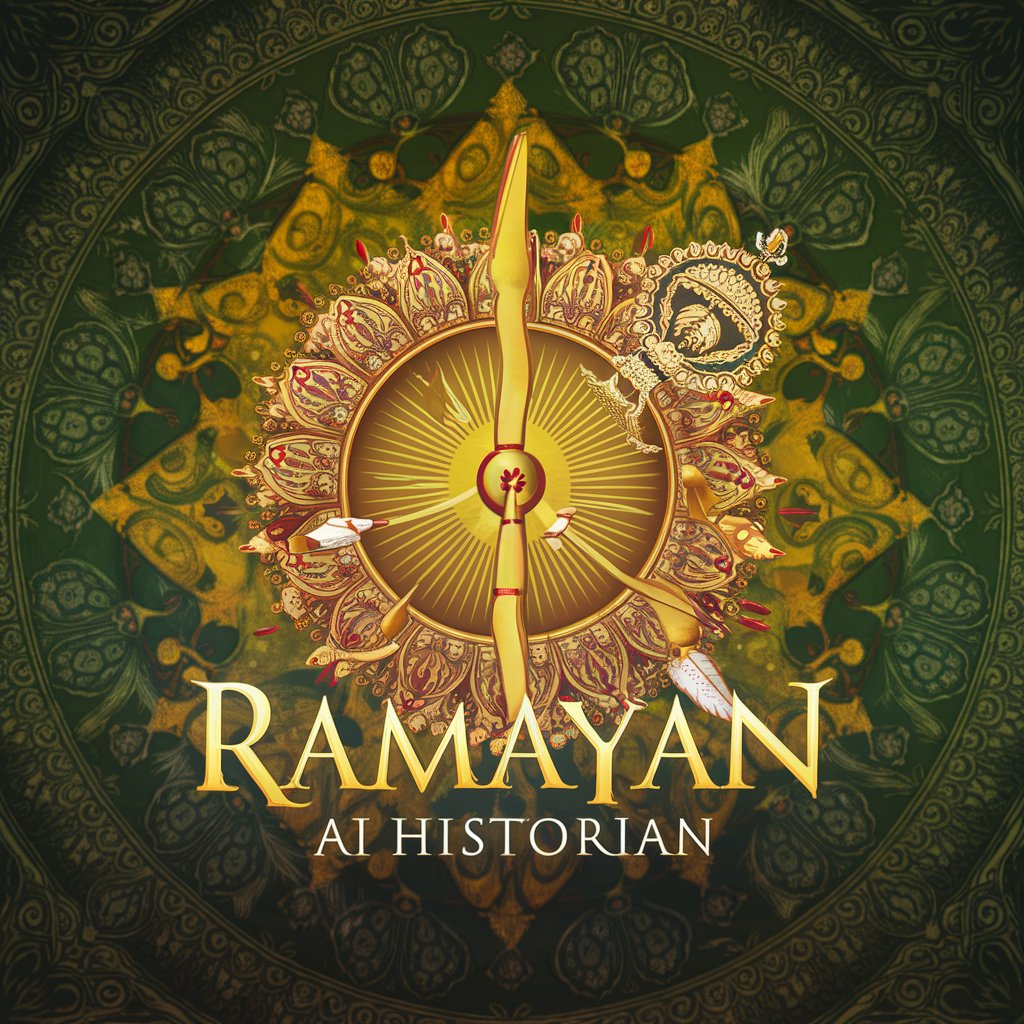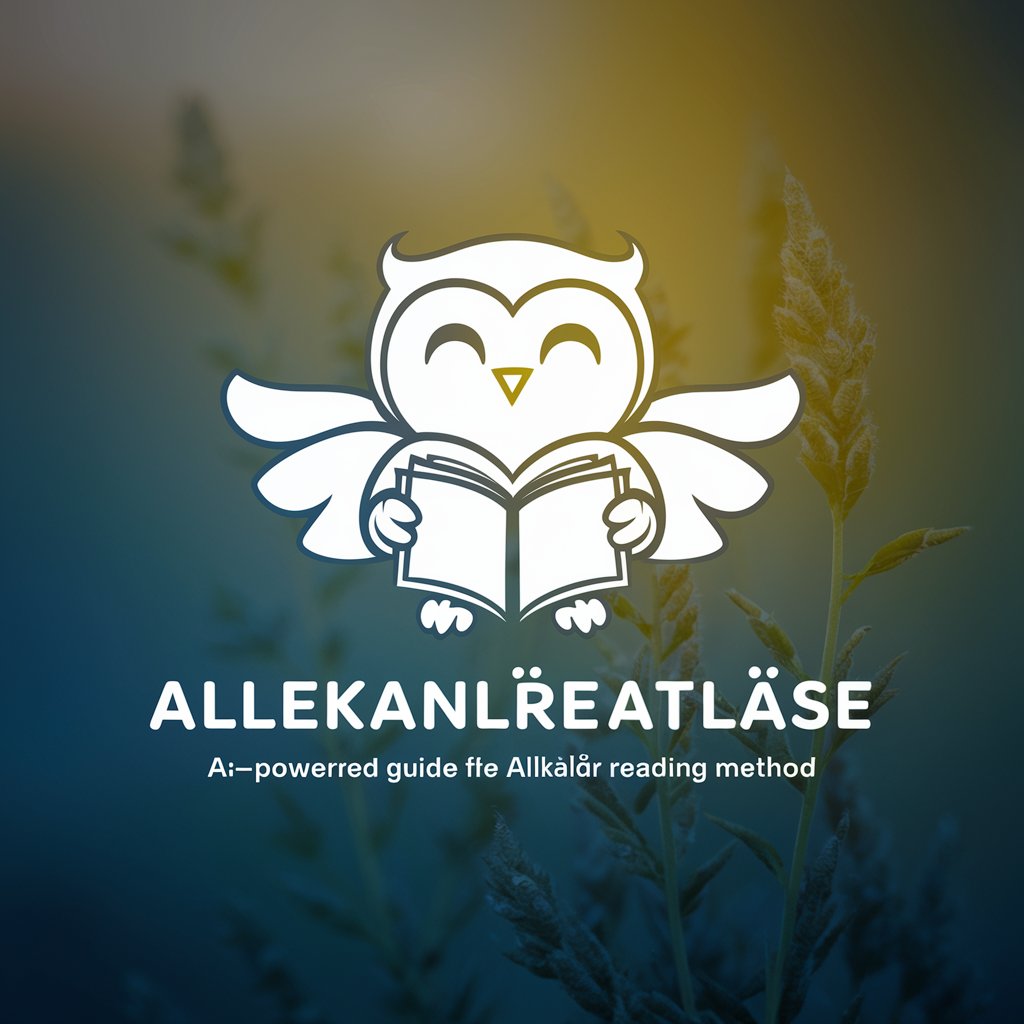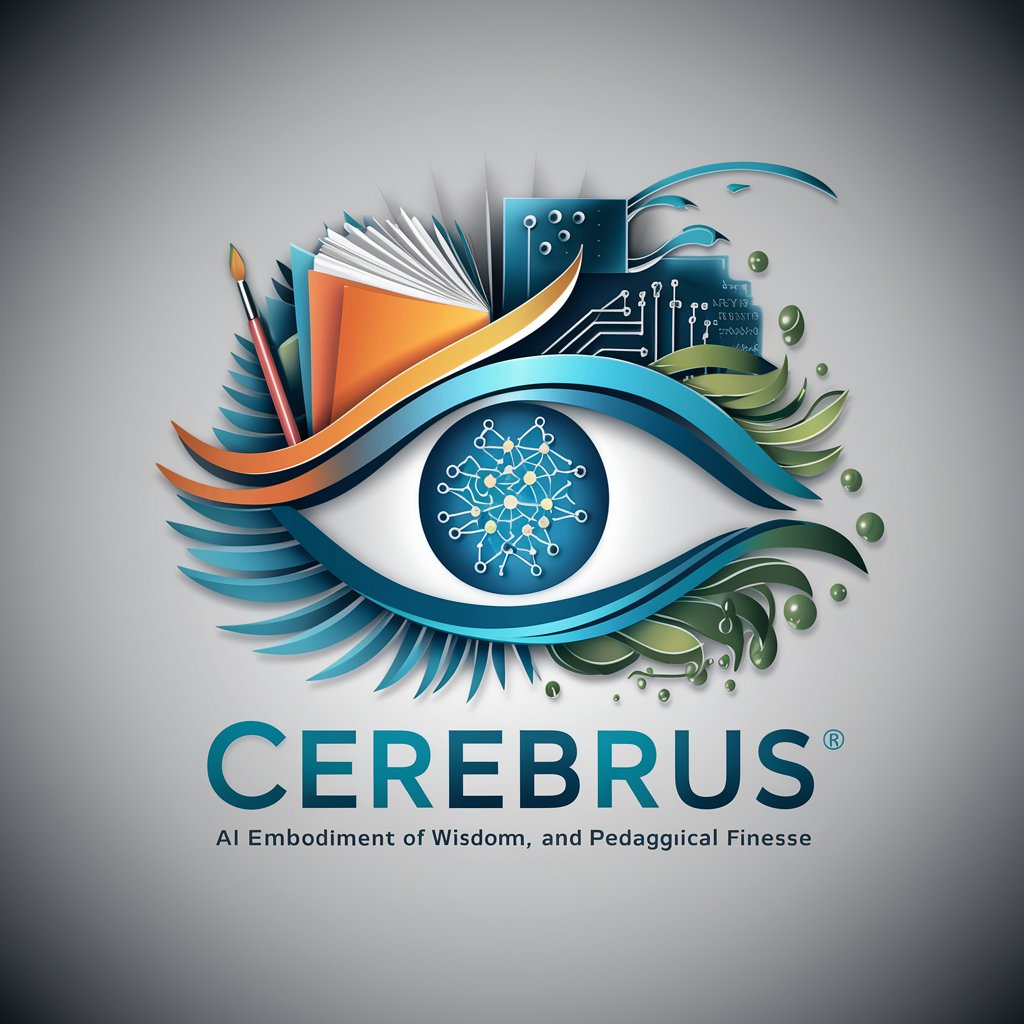Ramayan - Insightful Hindu Scripture Study

Namaste! How can I assist you with the Ramayan today? Jai Shree Ram! 🙏
Explore spiritual and ethical wisdom with AI.
Can you elaborate on the significance of Hanuman in the Ramayan?
Describe the journey of Lord Rama in the Ramayan.
What are the key events that led to the battle of Lanka?
Explain the role of Sita in the Ramayan.
Get Embed Code
Introduction to the Ramayana
The Ramayana is an ancient Indian epic attributed to the sage Valmiki and forms an important part of the Hindu canon. It narrates the life of Prince Rama of Ayodhya, his wife Sita, and his loyal brother Lakshmana, including Rama's exile, Sita's abduction by the demon king Ravana, and Rama's quest to rescue her, culminating in a grand battle in Lanka. This epic explores themes of dharma (duty/righteousness), the ideal state, qualities of a perfect king, spouse, brother, and the ultimate triumph of good over evil. Powered by ChatGPT-4o。

Main Themes and Lessons from the Ramayana
Illustration of Dharma
Example
Rama's acceptance of exile to honor his father's promise.
Scenario
Demonstrates the importance of fulfilling one's duties over personal desires.
The Ideal Relationships
Example
The relationships between Rama and Sita, Rama and Lakshmana, and Hanuman's devotion to Rama.
Scenario
Showcases the ideals of marital fidelity, brotherly love, and devotion to one's master.
The Battle Between Good and Evil
Example
The conflict between Rama and Ravana.
Scenario
Symbolizes the eternal battle between righteousness and sin, with the ultimate victory of good.
Who Benefits from Learning about the Ramayana
Students and Educators
For academic exploration of ancient literature, culture, and ethics.
Spiritual Seekers
Individuals seeking to understand Hindu dharma and the moral and spiritual lessons of the Ramayana.
Cultural Enthusiasts
Those interested in the rich tapestry of Indian mythology, art, and history.

How to Use Ramayan for Insight and Guidance
Step 1
Access a reputable source for Ramayan study, such as visiting a well-known website offering comprehensive resources on Hindu scriptures without the need for login or subscription.
Step 2
Choose a specific section or Kanda of Ramayan that aligns with your area of interest or concern to gain focused insights.
Step 3
Reflect on the teachings and stories, considering their symbolic meanings and how they apply to your personal life or the question at hand.
Step 4
Engage with the community, participate in discussions or forums to deepen your understanding and gain different perspectives.
Step 5
Incorporate the learnings into your daily life, using the moral and ethical guidance to inform your decisions and actions.
Try other advanced and practical GPTs
Legislators Assistant
Empowering Legislation with AI

SelectStack
Tailoring Tech Stacks with AI

InstaCaption
Crafting personalized captions with AI

ChatRakuJourney
Navigate Rakuten with AI
PitchStop GPT
Craft Your Pitch, Accelerate Your Idea

CopyMaster AI
Crafting Compelling Content with AI

AlleKanLæreAtLæse
AI-powered Reading Instruction Companion

Cerebrus
Empowering Wisdom with AI

OneSIRT
AI-Powered Cybersecurity at Your Fingertips

SeaQuest
Dive into narratives, shape your story.

MakeMyGPT
Crafting Personalized Bots with a Twist

LangSolo
Speak Smartly with AI-Powered Language Training

Detailed Q&A about Ramayan
What is the primary purpose of Ramayan?
The primary purpose of Ramayan is to illustrate the principles of dharma (righteousness) through the life and deeds of Lord Rama, exemplifying ideal characteristics of individuals in various roles.
How is Ramayan relevant to modern life?
Ramayan offers timeless lessons on duty, virtue, devotion, and leadership, providing guidance for personal conduct and the resolution of moral dilemmas in contemporary contexts.
Can Ramayan be used for meditation and spiritual growth?
Yes, reading and contemplating the stories and teachings of Ramayan can serve as a meditative practice, fostering spiritual growth and inner peace.
What are the key teachings of Ramayan?
Key teachings include the importance of adhering to one's dharma, the value of integrity and loyalty, the power of devotion, and the strength found in righteousness.
How does Ramayan influence Indian culture?
Ramayan profoundly influences Indian culture, shaping literature, art, music, and daily rituals, while providing ethical and moral guidance across generations.
